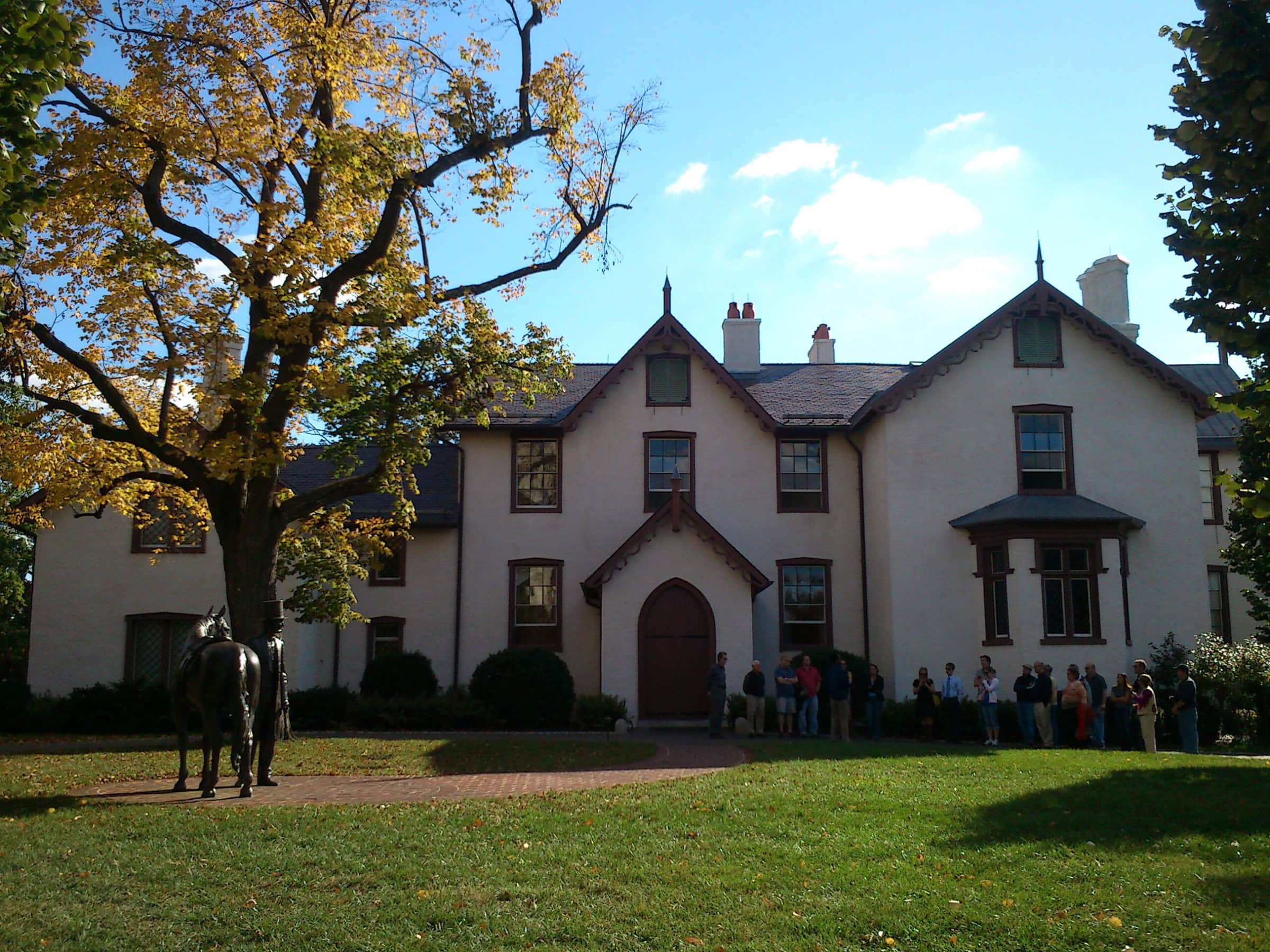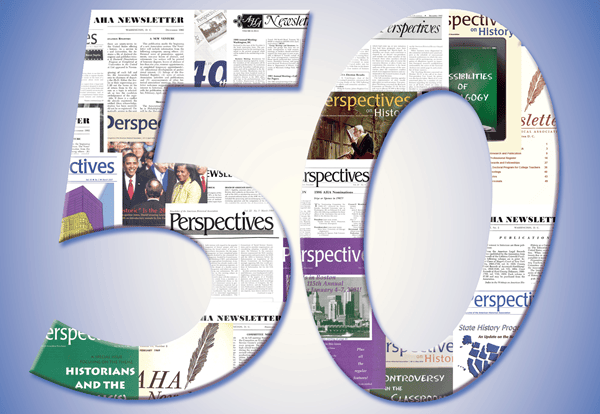The current budget crises faced by state historical organizations are real, but as historians we know that such cuts are nothing new. In every state without significant mineral revenues, state budget reductions have happened on a cyclical basis. In Minnesota we suffered major cuts in staff and function in 1981, and again in the early 1990s. In general, each recession is different, but the results of a recession affect organizations in similar ways—budgets are cut, staff members are gone, and then organizations spend years building their programs and resources back. Devastating, but not unexpected—somewhat like hurricane season for the Gulf states.
There are some simple rules to state budget cuts. First, state budget cuts happen every so often because state budgets are approved annually or biennially and are tied to the economy. It is impossible for an organization to “lock in” a level of assured state funding—in fact, it is contrary to our democratic way of setting public spending. Second, an organization never gets back the things that were cut. By the time state coffers swell again with new revenues, the elected representatives are looking for new projects and programs to fund. For example, 18 archaeologists were cut during a round of Minnesota state budget reductions in 1981. Those persons and their functions have never been replaced.
The latest round of major budget reductions have affected state historical societies differently because our organizations have changed over the past decades. We have moved out of the basement corners of state governments and opened our doors to the public visitor. We operate public and entertainment venues, museums, historic sites, publishing houses, web sites keyed to public education. Our ambit is broader, and our commitment to the 1950s model of collecting, operating libraries, and handling preservation issues has faded to the backroom.
When you combine the cyclical nature of state budget reductions with the broadened missions of state historical societies, making budget reductions has become a bit more challenging for directors of state historical societies and their governing boards. Budget cuts used to be focused between an organization’s mission to collect, preserve, and carry out research and its accountants and managers. Now leaders must consider a third element—cutting hours at museums, closing historic sites, and reducing the delivery of history to the public. Since this third choice is often a revenue producer and a bringer of goodwill from the public, it is hardest to cut.
But cut we have! My conservative estimate of the amount spent by states on their historical societies is at least $400 million per year. Recent budget reductions have ranged from small amounts to the total elimination of state funding, so it is not outrageous to suggest that more than $80 million has been cut from state expenditures in this area. Cuts in our services and programs have had to happen.
The public response to the results of these reductions, indicative as it is of the challenges faced by historical organizations, is instructive. Not surprisingly, the public tends to resist the loss of sites while being indifferent to cuts that affect equally vital “backroom” activities. Minnesota offers a typical example. Our initial reduction plans included closing seven historic sites and laying off 61 nonsite employees. To date, we have been unable to close a single historic site. Local governments have raised funds for the sites, and legislators have weighed in against our plan. We are in good faith trying to save the sites. Yet the 61 employees—accountants, curatorial staff, secretaries, exhibit developers—are all still gone. Lacking the public support found for our historic sites, our backroom responsibilities to collect, preserve, and research our state’s history have been hampered.
Of course, some consequences of the budget cuts are not immediately apparent, as they will take years to develop. Cuts in Minnesota have accelerated a pre-existing trend away from “just in case” collecting and towards “just in time” collecting, where materials are found for patrons from other organizations, but not collected here. Are we doing less collecting, subsidizing fewer research papers? Yes, undeniably so. Are we struggling to maintain some commitment in these areas? Absolutely. Ironically, only history can provide judgment as to the success of our efforts.
The American Association for State and Local History recently summed up the dilemma of the states as follows: “The threat to state historical resources and institutions is especially alarming. State libraries and archives, historical collections and museums, historic sites, and other historical resources are not frills to be discarded when budgets are tight or to accomplish particular political agendas. They are essential trustees of our democratic inheritance.”
Many legislators may think they have purchased “enough” history, enough of the services provided by state historical societies. There is a sense that history professionals think that local and regional history is less important. Should citizens care, or are the reductions acceptable? Should historians care, or are the efforts to collect, preserve, and educate about state history but a yawn? We at state historical societies must stand firm—something is being lost in the collection, preservation, and delivery of history throughout the United States. Discarding our states’ historical resources—those visible to the public and those hidden in the backroom—is a trend that could drastically hinder the ability of future generations to make sense of what is our present and will be their past.
Patrick McCormack is director of planning and program evaluation at the Minnesota Historical Society.


